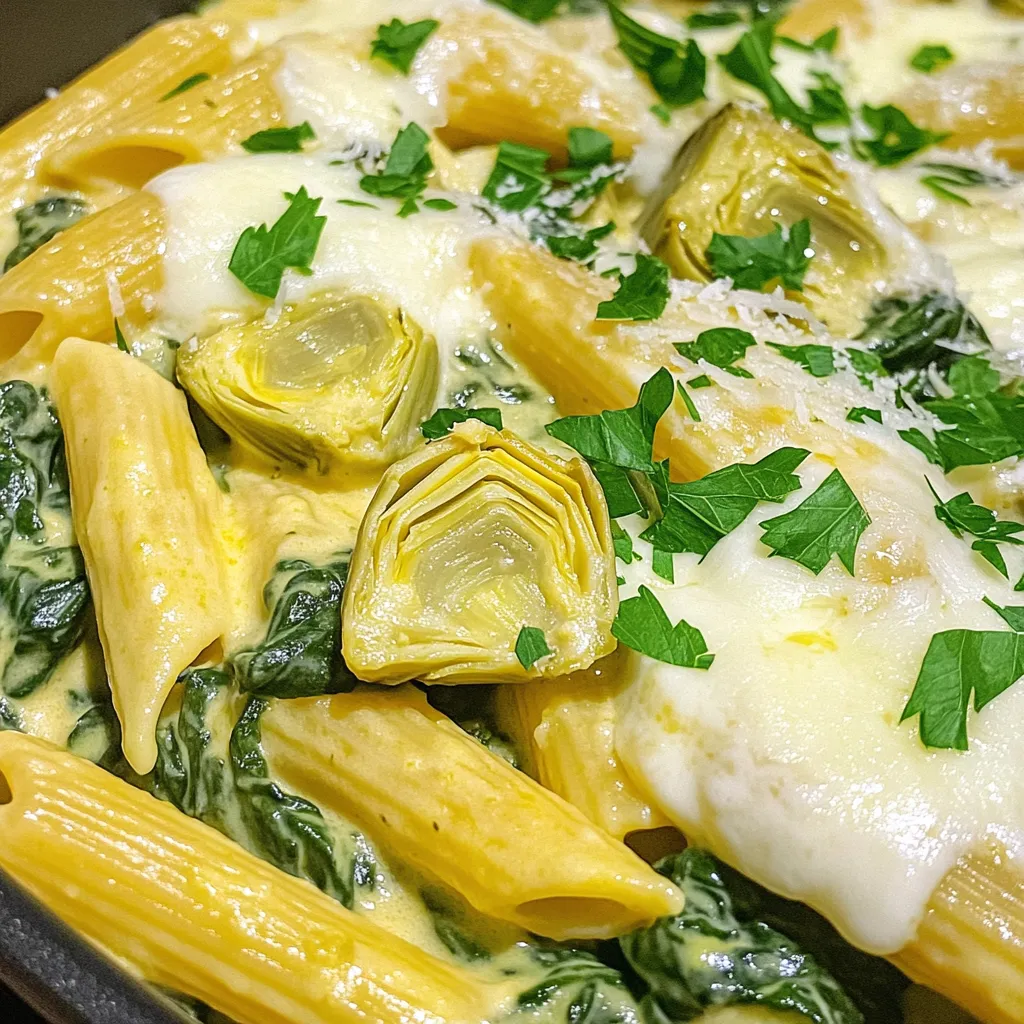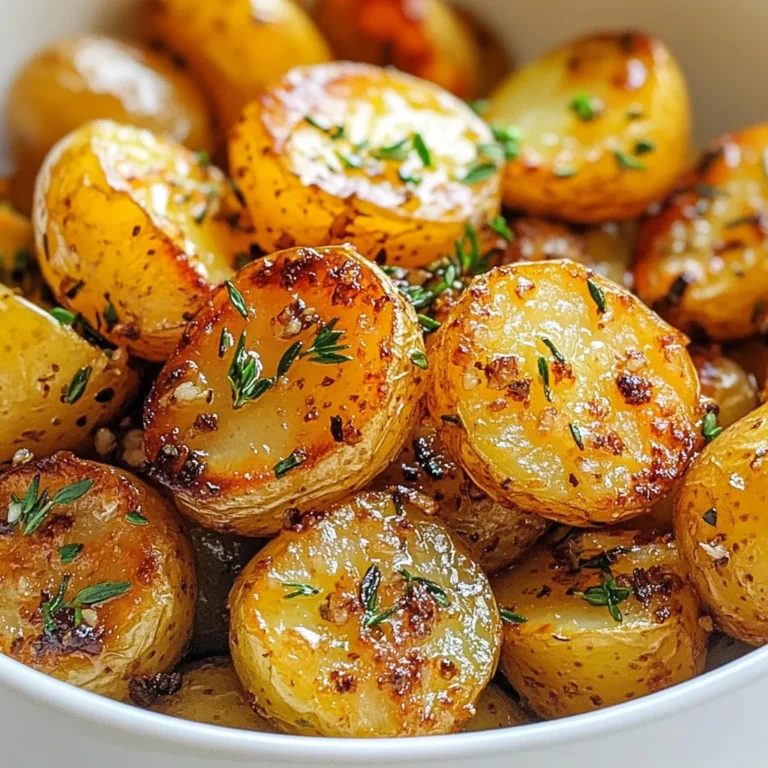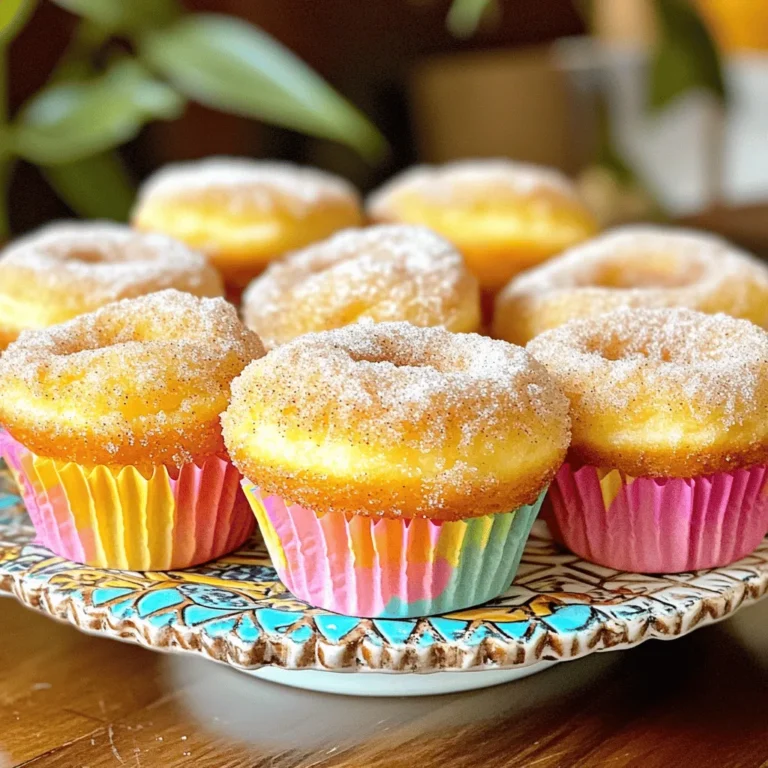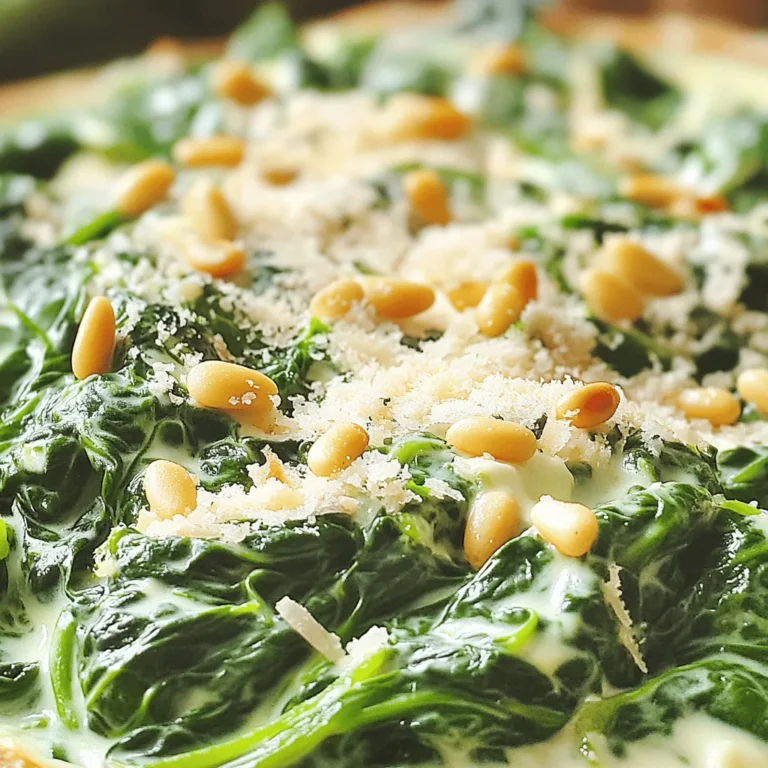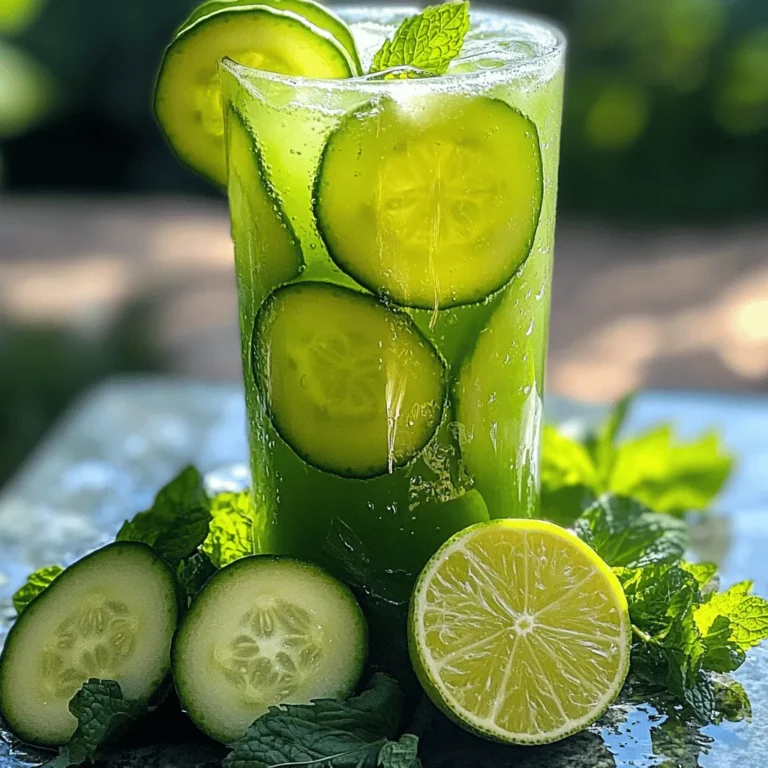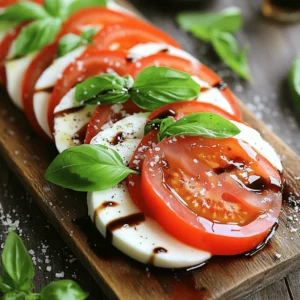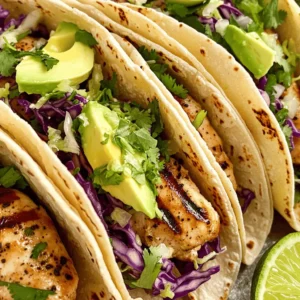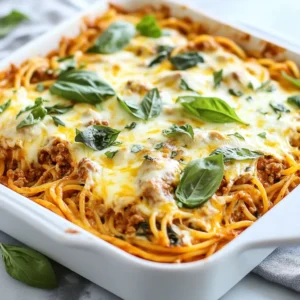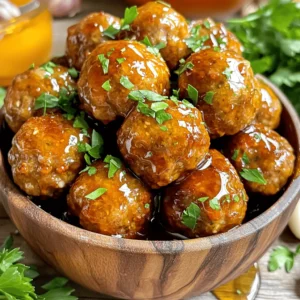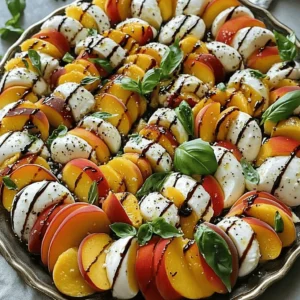Latest & Greatest
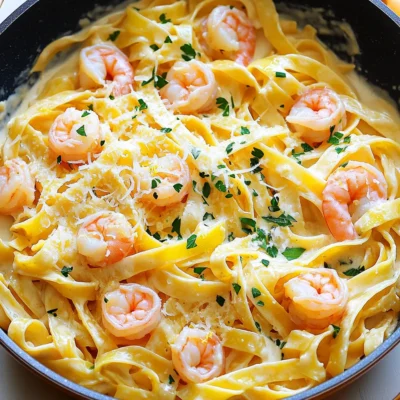
One-Pan Creamy Lemon Butter Shrimp Pasta Delight
Get ready for a tasty treat with my One-Pan Creamy Lemon Butter Shrimp Pasta Delight! This dish combines tender shrimp,
Read more…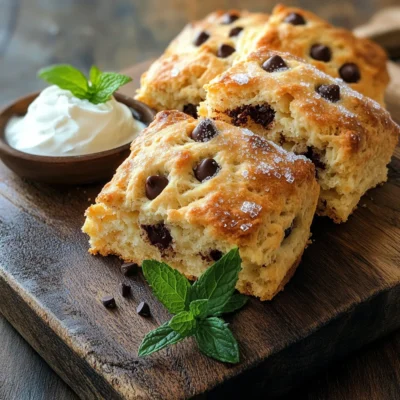
Bakery-Style Chocolate Chip Scones Fluffy and Easy Recipe
Do you crave those light, fluffy scones from your favorite bakery? You’re in the right place! In this easy recipe,
Read more…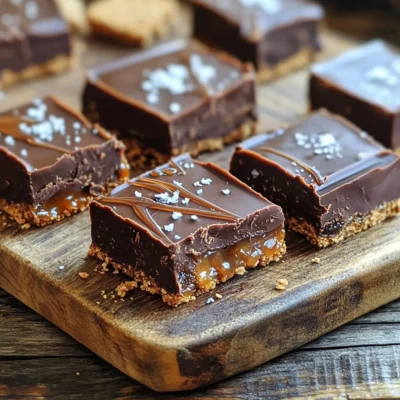
No-Bake Salted Caramel Chocolate Bars Delightful Treat
Looking for a quick and tasty dessert? Try my No-Bake Salted Caramel Chocolate Bars! These bars combine rich chocolate and
Read more…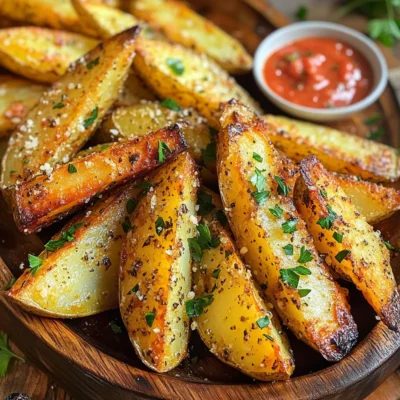
Air Fryer Garlic Parmesan Potato Wedges Crispy Treat
If you love crispy snacks, you’ll adore these Air Fryer Garlic Parmesan Potato Wedges! I’m here to guide you through
Read more…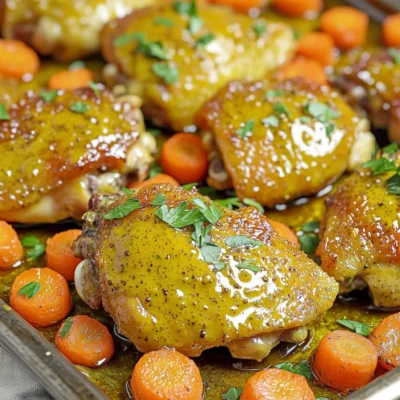
Sheet-Pan Maple Dijon Chicken and Carrots Delight
Looking for a simple yet tasty meal? My Sheet-Pan Maple Dijon Chicken and Carrots Delight combines juicy chicken thighs and
Read more…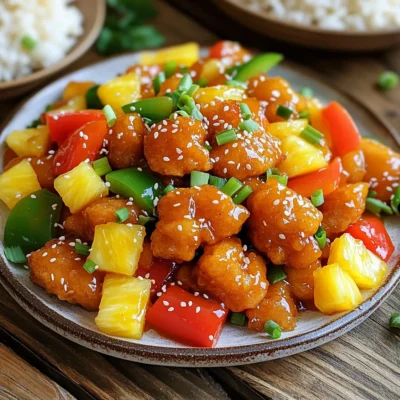
Sweet and Sour Chicken Better Than Takeout Dish
Craving that perfect sweet and sour chicken, but tired of takeout? You’re in the right place! I promise this dish
Read more…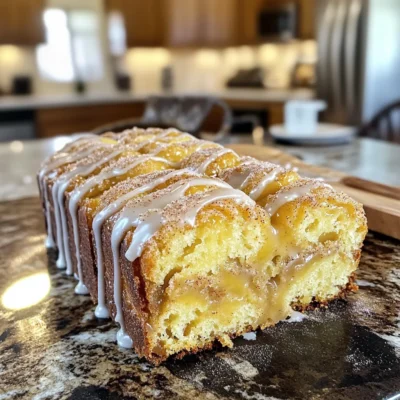
Apple Cider Donut Loaf Rich and Flavorful Delight
If you love the cozy taste of fall, you’ll adore my Apple Cider Donut Loaf! This rich and flavorful treat
Read more…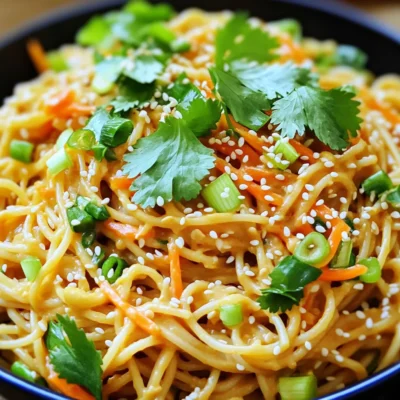
Minute Sesame Peanut Noodles Quick and Simple Recipe
Craving a quick and tasty meal? Look no further than Minute Sesame Peanut Noodles! This dish is nutty, creamy, and
Read more…browse recipes
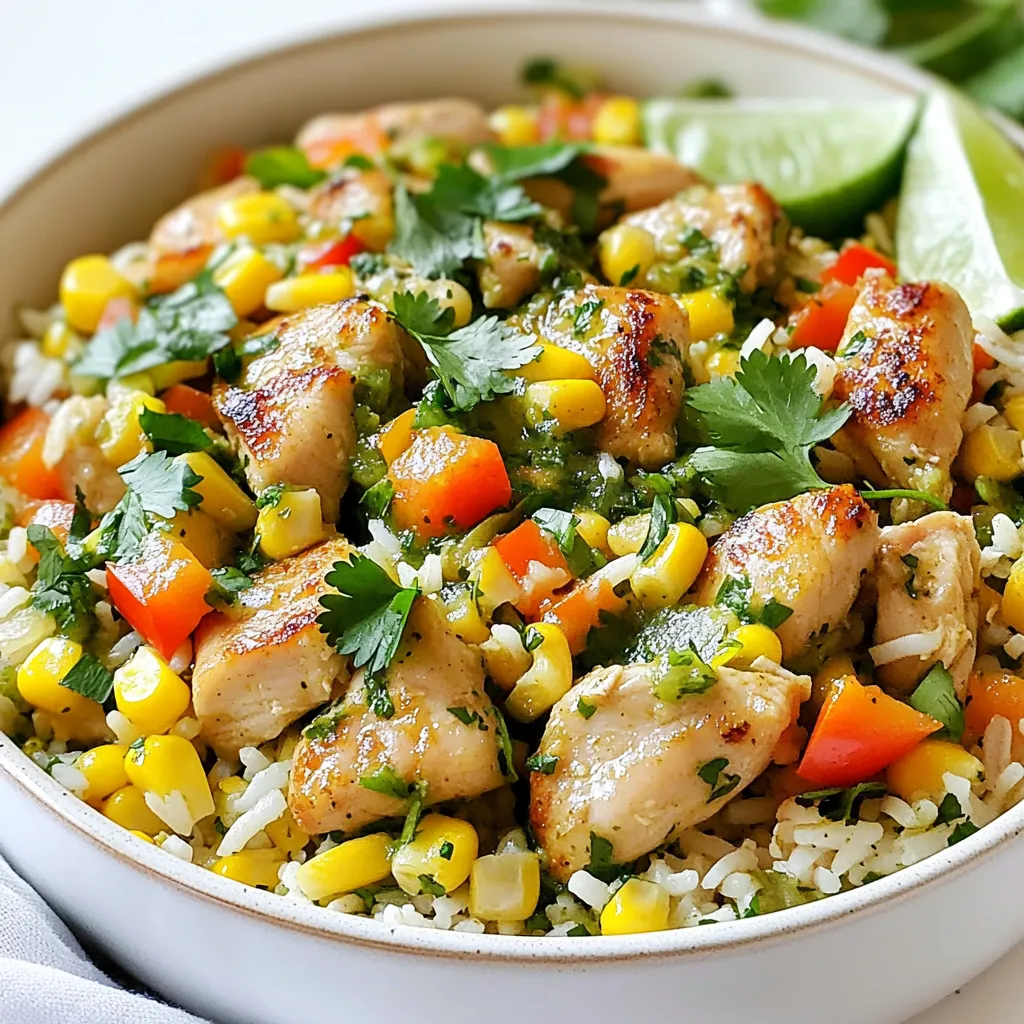
Salsa Verde Chicken Rice Skillet Tasty and Easy Meal
Looking to whip up a quick, tasty meal? Try my Salsa Verde Chicken Rice Skillet! This one-pan dish is packed with flavor and easy…
My Latest Desserts
My Latest Recipes
hey,
i’m !
I’m so happy you’re here!
My kitchen is filled with stories, flavors, and love and I’m so happy to share them with you. Here’s to dishes that feel like home.
One Pot Spinach Artichoke Pasta Creamy Delight Recipe
Craving a creamy, rich dish that’s easy to make? Look no further! My One Pot Spinach Artichoke Pasta is both delicious and simple. With…
